Scientists have solved a medical mystery that puzzled doctors for decades. Colon cancer cases among young adults have doubled since the mid-1990s, with one in five diagnoses now appearing in people under 55. New research shows the bacterial culprit behind this explosion and gives us the first simple screening tool to fight back.
Half of Young Adult Cases Come From a Single Type of Bacteria

A study of tumor DNA from patients in 11 countries found that half of early-onset colon cancers show damage from colibactin, a toxin made by gut bacteria like E. coli that naturally live in our intestines. This toxin damages DNA 3.3 times more often in patients under 40 than in those over 70, and because this damage is hard for cells to repair, it leads directly to tumor formation. While 20-30% of people carry these bacteria, not everyone develops cancer because diet makes a difference. What we eat feeds either the harmful bacteria that produce toxins or the beneficial bacteria that fight against them.
Read More: Colorectal Cancer Specialist Reveals 5 Things They’d Never Do
Why Fiber Is Your Gut’s Best Friend
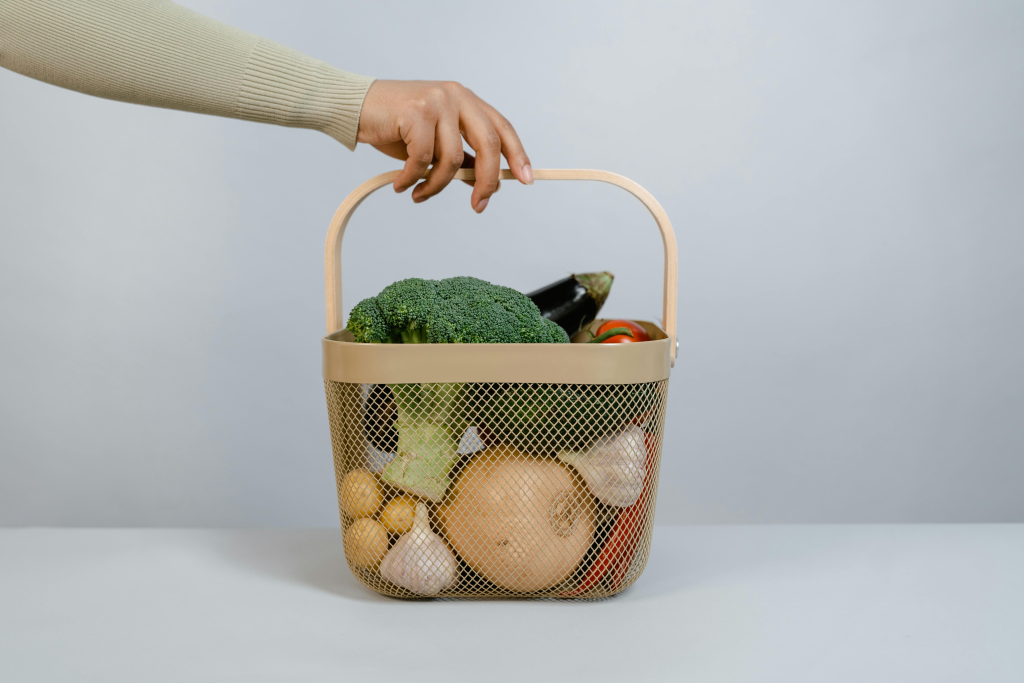
Your gut contains good and bad bacteria fighting for control, and diet decides who wins. When the researchers fed mice low-fiber diets, they noticed that the bad bacteria took over. This is because bacteria make colibactin, a poison that damages cells. These mice developed inflammation and tumors faster. When the same mice got daily fiber, everything changed. Fiber feeds the good bacteria, helping them multiply and push out the dangerous ones. The good bacteria then produce butyrate, a natural chemical that nourishes cells and reduces inflammation. Human studies confirm this works. Every 10 grams of daily fiber cuts colorectal risk by 7%. Most Americans eat only half the recommended 30 to 50 grams daily.
Your Steak Dinner Might Be Feeding Colon Cancer Cells
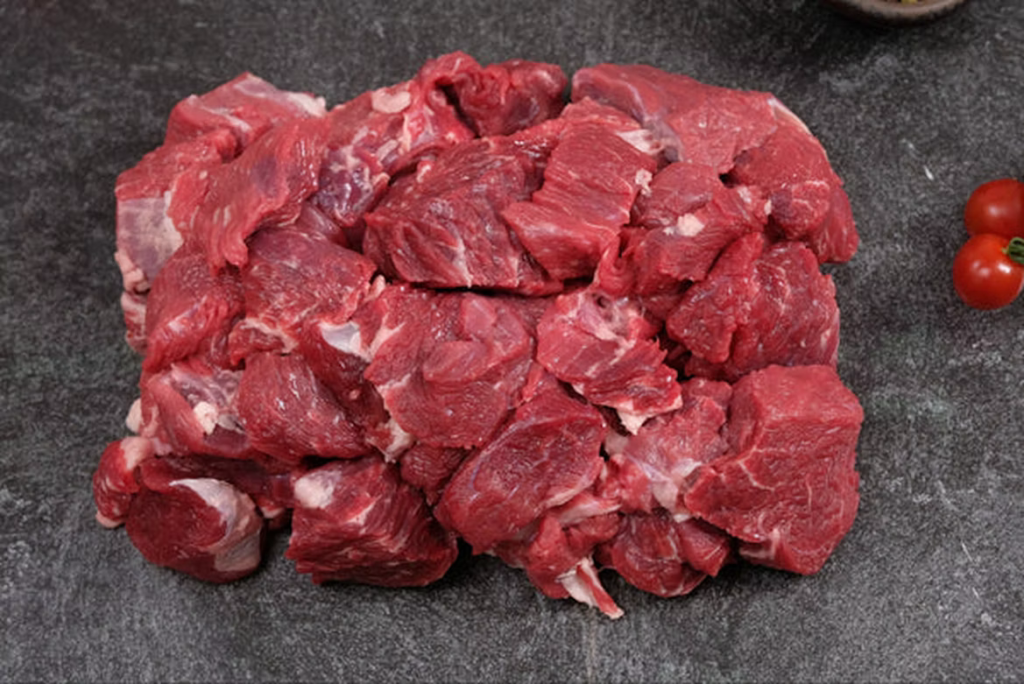
Cancer researchers studied young patients and found high levels of certain compounds in their blood that come from eating red and processed meat. These compounds, called arginine and urea cycle metabolites, are waste products your body makes when breaking down meat proteins. They act like fertilizer for tumor growth, feeding cancer cells and helping them multiply. Prevention guidelines recommend limiting red meat to 18 ounces weekly and avoiding processed meats entirely because too much of these foods creates an environment that supports cancer growth.
Finally, a Simple Blood Test That Works
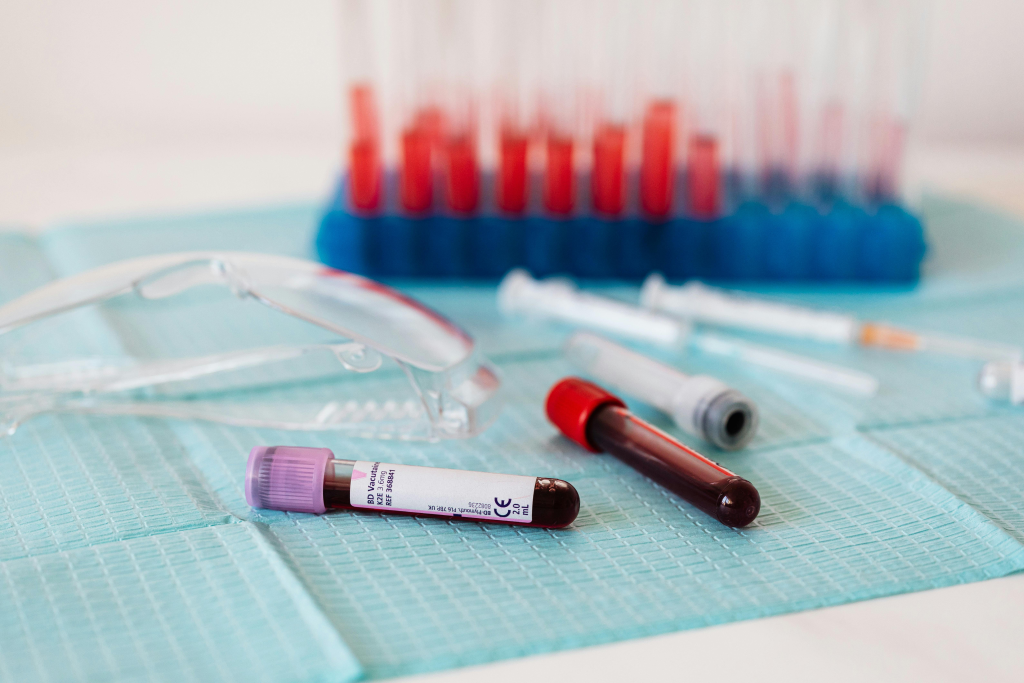
On July 29, 2024, the FDA approved the Shield blood test, the first blood test that can screen for colon cancer. The test detects 83% of colorectal tumors by finding tiny pieces of tumor DNA floating in the bloodstream. In a large study called ECLIPSE with nearly 8,000 people, the test correctly identified 90% of people without the disease, meaning it rarely gives false alarms. Medicare now covers the test, eliminating the previous $895 out-of-pocket cost and making it available to millions who could not afford screening before.
Read More: This Vitamin Supplement May Slash Your Risk of Colon Cancer, Study Finds
These Four Warning Signs Should Never Be Ignored

A separate study analyzed insurance data from over 27,000 people and found four symptoms that appear 3 months to 2 years before diagnosis in young adults. These include persistent abdominal pain, rectal bleeding, diarrhea, and iron deficiency. Having one symptom doubles your chances of getting early-onset colorectal cancer. Three or more symptoms multiply the risk by six. Rectal bleeding has the strongest link to cancer diagnosis, yet doctors often dismiss these obvious symptoms in young patients.
Why Young People Wait Months for a Diagnosis
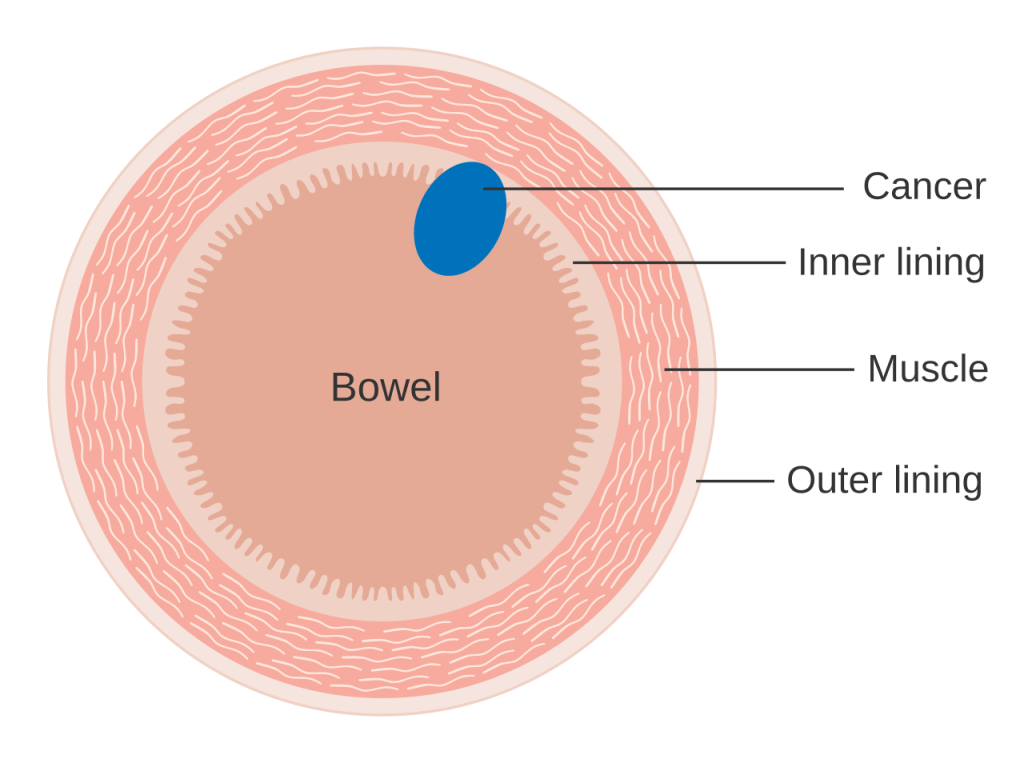
Even with clear symptoms, diagnosis takes too long. Patients with one symptom wait an average of 9.7 months for diagnosis, while those with multiple symptoms wait 4.8 months. Rectal bleeding patients wait 7 months on average. These delays cost lives. When the disease stays in one place, five-year survival rates reach 90-94%. But 61.2% of young patients already have tumors that have spread to other parts of the body, where survival drops to just 13-21%. The new Shield blood test helps fill this gap since most young adults are years away from getting their first routine colonoscopy.
The Family Connection Nobody Talks About
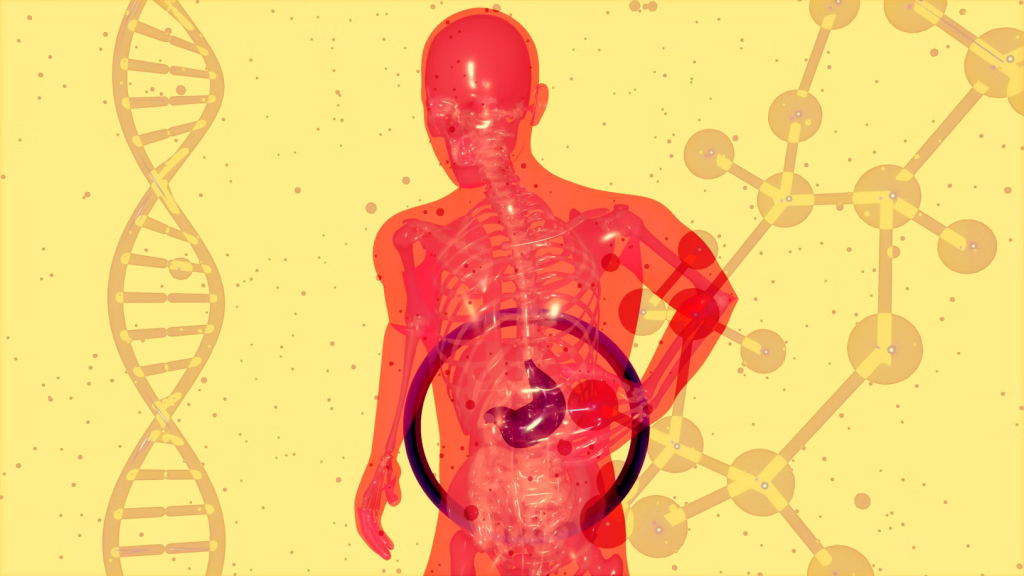
Genetic tests find that 20% of young patients carry inherited mutations, mainly Lynch syndrome and familial adenomatous polyposis (FAP). These genetic conditions are passed down in families and significantly raise cancer risk. Lynch syndrome patients develop the disease at an average age of 44, but despite this early onset, only 27% of patients diagnosed under 50 between 1990-2010 received genetic screening. With the right monitoring, these inherited conditions become manageable. People with Lynch syndrome should begin colonoscopy screening at age 25 for certain mutations, while FAP patients may need screening as early as age 10-12.
Read More: Woman Battling Advanced Colon Cancer Shares Unlikely Symptom That Didn’t Affect Her Digestion
Moving Your Body Could Save Your Life
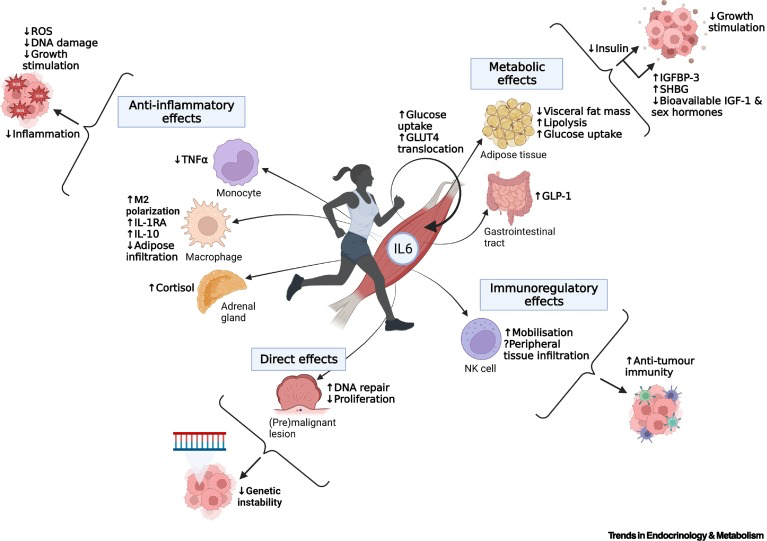
Physical activity cuts colorectal cancer risk by about 20%. The more you exercise, the more protection you get. Exercise works by boosting immune function and improving your good gut bacteria. Health experts recommend 150 minutes of moderate exercise weekly or 75 minutes of intense activity. Even patients fighting the disease live longer when they stay active during treatment, with research finding 42% better survival rates.
The Age 50 Rule Just Got Thrown Out the Window
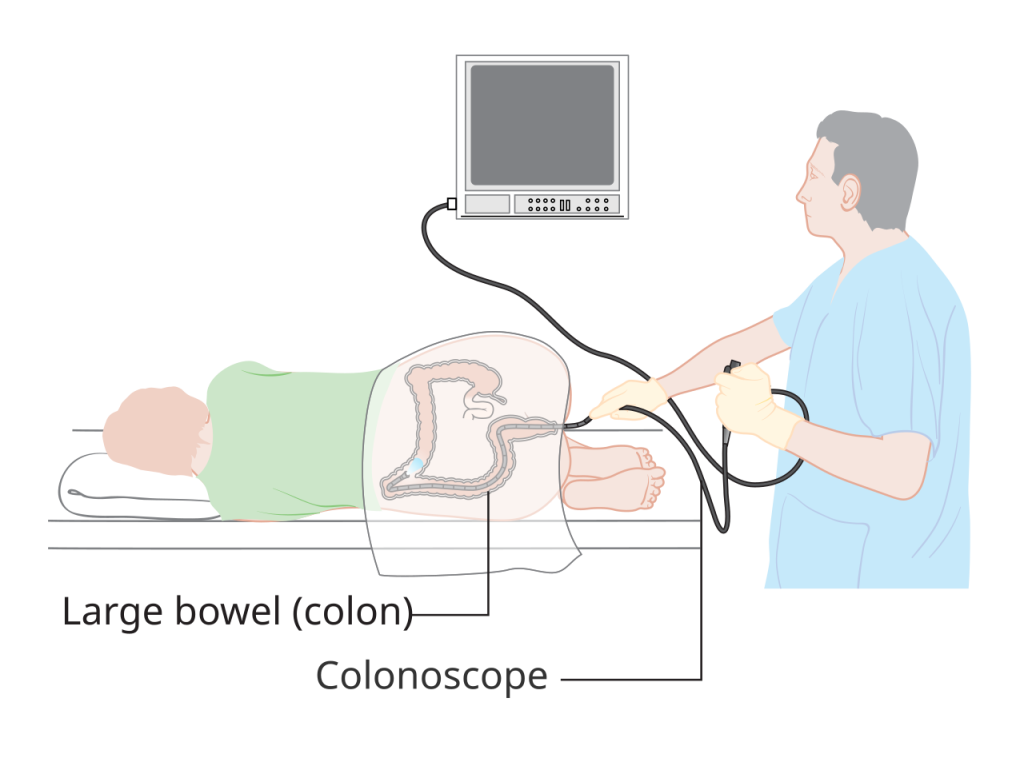
Now that doctors understand why colon cancer affects young adults, health groups changed when people should start getting tested. They moved the age from 50 down to 45. The American Cancer Society made this change in 2018, and another major health group followed in 2021. Starting tests earlier could save 6% more lives, though it means doing 17% more colonoscopies. Right now, fewer than 20% of people aged 45-49 get tested. The new Shield blood test could help increase these numbers by giving people another option besides a colonoscopy. But a colonoscopy still works the best because doctors can spot and remove growths before they turn into cancer, stopping the disease before it starts.
Read More: Young Women Missed the Signs of Colon Cancer, Now They’re Sharing What to Watch For
